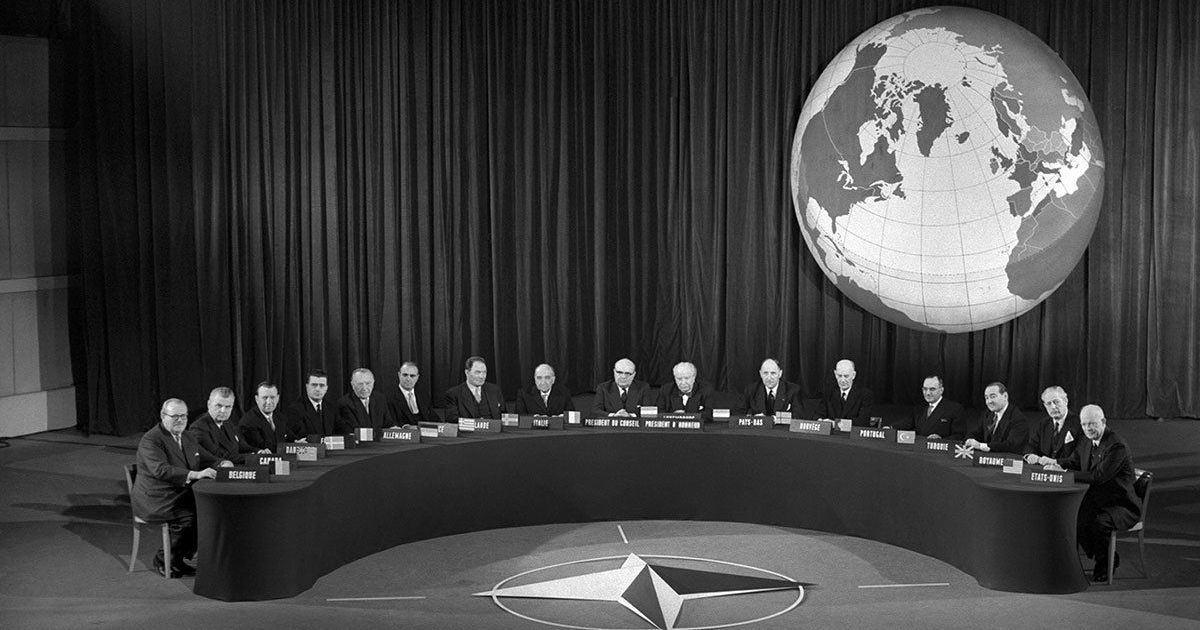priceless-stories.org – The North Atlantic Treaty Organization (NATO) was established in 1949 as a response to the perceived threat of Soviet aggression during the Cold War. Over the decades, NATO has transformed from a Cold War defense alliance to a global security partner, adapting to the changing geopolitical landscape and emerging security challenges. This article explores the evolution of NATO, examining its historical origins, its role during the Cold War, and its current position in addressing modern security challenges.
Historical Origins and Cold War Role
NATO was founded on April 4, 1949, with the signing of the North Atlantic Treaty by 12 founding member countries. The primary objective was to deter Soviet expansionism and prevent the resurgence of nationalist militarism in Europe. NATO’s initial focus was on collective defense, as outlined in Article 5 of the treaty, which states that an attack on one member is considered an attack on all members.
During the Cold War, NATO served as a bulwark against Soviet influence, maintaining a robust military presence in Europe and fostering political integration among its members. The Alliance’s military strategy was centered on deterrence, with a strong emphasis on conventional and nuclear forces to counterbalance the Soviet threat.
Post-Cold War Evolution
The dissolution of the Soviet Union in 1991 marked the end of the Cold War and presented NATO with new challenges and opportunities. The Alliance had to redefine its purpose and adapt to a rapidly changing geopolitical landscape. NATO’s response was to expand its membership to include Central and Eastern European countries, thereby extending its security guarantees to these newly democratic states.
The 1990s saw NATO engage in its first out-of-area operations, including peacekeeping missions in the Balkans. This marked a significant shift from its original defensive role to a more proactive and interventionist approach. The Alliance also began to address new security challenges, such as terrorism, following the 9/11 attacks in 2001. The activation of Article 5 in response to these attacks was a historic moment, demonstrating NATO’s commitment to collective defense in the face of non-state actors.
Modern Security Challenges
In the 21st century, NATO has continued to evolve to meet the complex and multifaceted security challenges of the modern era. The illegal annexation of Crimea by Russia in 2014 and the ongoing conflict in Ukraine have rekindled concerns about great power rivalry and the need for collective defense. NATO has responded by enhancing its deterrence posture in Eastern Europe and increasing its military presence in the region.
Beyond traditional military threats, NATO has also expanded its scope to address emerging challenges such as cybersecurity, disinformation campaigns, and the weaponization of new technologies. The Alliance has initiated various programs to enhance its capabilities in these areas, recognizing the interconnected nature of modern security threats.
Conclusion
NATO’s evolution from a Cold War defense alliance to a global security partner underscores its adaptability and resilience in the face of changing geopolitical landscapes. From its origins as a bulwark against Soviet expansionism to its current role in addressing complex transboundary challenges, NATO has demonstrated its commitment to maintaining peace and security in Europe and beyond. As the Alliance continues to navigate the complexities of the modern security environment, its ability to innovate and collaborate will be crucial in ensuring its relevance and effectiveness in the years to come.
